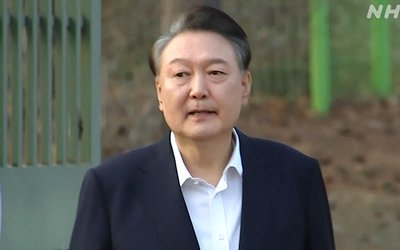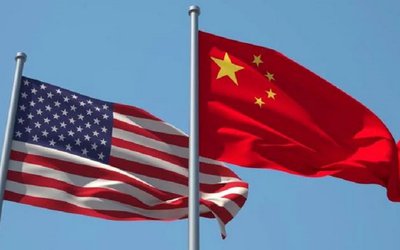More on News

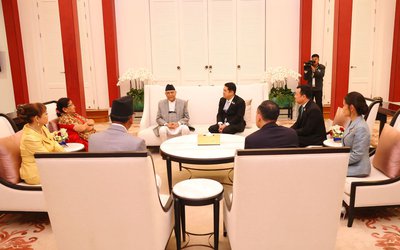
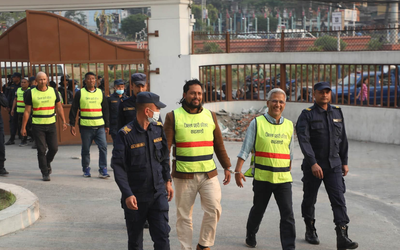
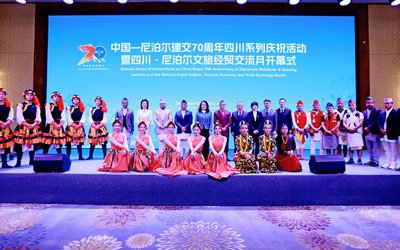
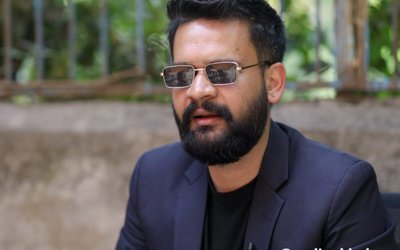
A month after the demise of the Constituent Assembly, Nepalese actors appear more confused about the way forward. A power-tussle between President Ram Baran Yadav and caretaker Prime Minister Baburam Bhattarai further compounds the confusion. Bhattarai said he will hand over power only to a prime minister elected after the general elections scheduled for November 22. But Yadav, after consultations with legal and constitutional experts, seems to have inferred that with the constitutionally defined term of the House over, Bhattarai should not be allowed to continue.
Bhattarai insists he will not quit. He has said that his “quitting now may lead to a return of February 1” — implying that it may bring the absolute monarchy back. Former King Gyanendra had assumed all executive powers on February 1, 2005, only to return it to political parties nine months later, under pressure of a mass movement backed by the international community, including India. But the period until now has led to a loss of face for the parties, including the Maoists, resulting in chaos and constitutional breakdown.
Altogether, 78 members of the dissolved CA belonging to the Nepali Congress submitted a petition seeking the revival of the House to finish the constitution-writing task. The move has the quiet support of Maoist chief Prachanda, as the revival of the House may also restore his position as leader of the biggest party in the House. Then, he may also be able to seek disqualification of party members who have formed the Communist Party of Nepal-Maoists under the anti-defection law. Besides, there is much at stake for the international community since they had invested so much in forming lobbyists. Yet, reviving a House that wears the stigma of failure does not have popular support, and it is likely to be contested politically.
A spate of protests seeking Bhattarai’s ouster and state repression are fast making him unpopular. His move to prepare a full-fledged, and apparently populist, budget in the absence of parliament and political consensus is being resisted by Yadav. On June 27, the president asked the PM to bring only an “advance budget for three months”, or secure political consensus to introduce a full budget.
The Election Commission has expressed doubts over the possibility of elections in November. It has also asked the government to clarify by July 22 whether the election is for the CA (as recommended) or for parliament. Moreover, all the election commissioners are retiring in October, and those positions are unlikely to be filled in the absence of a full-fledged PM, leader of opposition and speaker who, along with the chief justice, form the constitutional council that recommends such appointments.
Where does Nepal go from here? Concerns among donors and neighbours is rising. The British minister for international development, Alan Duncan, came on a three-day stock-taking visit to assess the post-CA politics.
China, a quiet player, has made it clear that a chaotic and unstable Nepal, with “India-US” increasing their clout “step-by-step”, is not something it will tolerate. Even as Indian authorities unofficially talk about “keeping off” from Nepal for now, a recent revelation by S.D. Muni, an actor in bringing Maoists and the establishment together a decade ago, claims that Prachanda and Bhattarai established contact with the Indian PMO back in June 2002 (“Bringing Maoists down from the Hill: India’s Role” in Nepal in Transition, Cambridge University Press, 2012). It raises doubts about India managing to escape. The revelation brings India into fresh controversy.
Nepalese actors have got enough outside forces to blame for the failure of the constitution-making process. But that has not absolved them of responsibility. They are still not serious about how to chart out the road to constitutional order and financial security together. A president-PM tussle is certain to make the journey more complicated, but it looks unavoidable.
(Indian Express)





